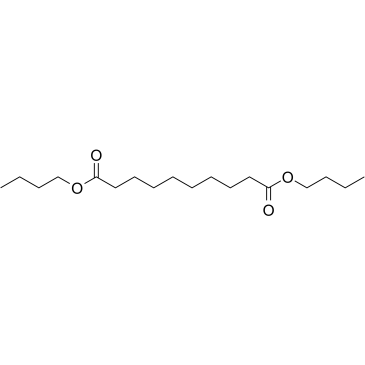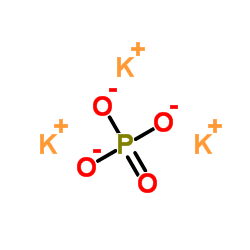| Structure | Name/CAS No. | Articles |
|---|---|---|
 |
Acetone
CAS:67-64-1 |
|
 |
Sodium hydroxide
CAS:1310-73-2 |
|
 |
Ethanol
CAS:64-17-5 |
|
 |
3-Ethyl-2,4-pentanedione
CAS:1540-34-7 |
|
 |
Dibutyl sebacate
CAS:109-43-3 |
|
 |
Potassium phosphate
CAS:7778-53-2 |